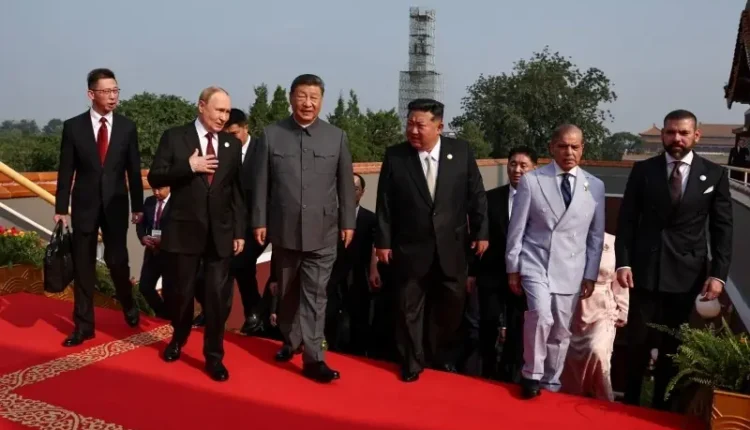
Geopolitics in our region never stays quiet for long. Today, the winds are shifting again. The United States is stepping back into the arena, China seems hesitant, Iran is under constant pressure, and Pakistan’s new closeness with Saudi Arabia is already raising eyebrows. Each of these developments may look separate, but together they carry consequences for us.
America’s New Shadow
When the U.S. left Afghanistan in 2021, many thought it had packed up and gone for good. That was wishful thinking. Washington is back — not with big troop deployments, but through bases, intelligence, and pressure points. Its eyes are fixed on Iran. By fuelling unrest in Sistan-Baluchestan, it hopes to break Tehran’s hold. With Iran’s regional proxies weaker than before, this is where America sees an opening.
For Pakistan, that American shadow means trouble. A presence across the border gives Washington reach to keep an eye on China and, at the same time, room to stir militancy in Balochistan and KP. That would keep us busy defending our backyard instead of looking outward.
China Slows Down
For years we pinned hopes on Beijing. The “iron brotherhood” sounded permanent. But now China looks cautious. Its economy is slowing, projects are delayed, and resistance to Belt and Road has grown louder. Even CPEC — once sold as the game-changer — feels stuck. Militancy in Balochistan and KP only makes it more fragile.
China hasn’t abandoned us, but its hesitation is clear. That raises the uncomfortable question: can we still rely on Beijing the way we once thought?
Riyadh’s Embrace
Amid all this, Pakistan has drawn closer to Saudi Arabia again. It suits both sides. Riyadh wants reliable defense partners. Islamabad needs financial breathing space. But this embrace is not risk-free. Saudi Arabia has its own rivalries — not only with Iran but also indirectly with Israel. Some Israeli voices even claim historic ties to the Kaaba, a symbolic provocation that unsettles Riyadh.
Add to this Washington’s unease with the Saudi-Pakistan military pact, and the picture becomes even more complicated.
India Watching from the Side
India’s role is harder to read. It has lined up with Washington through the Quad and grown closer to Israel. At the same time, it keeps ties with Iran alive, especially for access to Afghanistan. For now, New Delhi prefers to hedge its bets. That ambiguity, too, affects the balance.
Which Way for Pakistan?
What do we take from all this? Only one thing: the ground is shifting. America is pressing Iran and checking China, Beijing is holding back, Riyadh is leaning on Islamabad, and Israel’s shadow is never far.
Pakistan cannot afford one-sided choices. Over-reliance on any single partner — whether America, China, or Saudi Arabia — will cost us dearly. What we need is balance: flexible diplomacy, multiple options, and a refusal to become anyone’s proxy. In a time when the map itself seems to shift every few years, survival depends on it.

Comments are closed, but trackbacks and pingbacks are open.